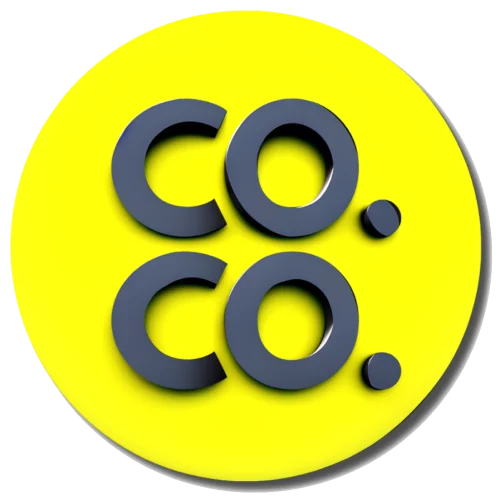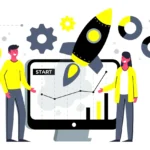Introduction
Marketing used to be about broadcasting your message loud and wide. One brand, one voice, millions of passive listeners. That model is dead. Today, successful marketing doesn’t just talk. It listens. It responds. It evolves in real-time. Welcome to the era of two-way marketing.
What Is Two-Way Marketing?
Two-way marketing is the practice of creating open lines of communication between a brand and its audience. Instead of simply pushing out ads, content, and campaigns, you’re inviting feedback, dialogue, and participation.
Think of it as a dinner party, not a speech. You’re not just performing; you’re in conversation. And that conversation builds loyalty, community, and actual business impact.
Why the Monologue Model Fails
In a monologue:
- Brands make assumptions about what audiences want.
- Feedback loops are slow or nonexistent.
- Messages are generic, not personalised.
- Trust is harder to build.
In short: it feels like shouting into the void.
Audiences today are savvier. They’re constantly interacting with content. They’re sharing, commenting, swiping, buying, leaving reviews. If you’re not part of that interaction, you’re irrelevant.
What Two-Way Marketing Looks Like
Here are a few examples:
- Social Listening: Brands like Netflix and Swiggy are famous for responding to trending tweets, DMs, or customer comments with humour and speed.
- Community Building: F&B brands are building private WhatsApp groups or Discord channels for loyalists to test flavours, vote on packaging, or preview launches.
- Interactive Content: Polls, quizzes, comment-driven carousels, and UGC challenges allow audiences to shape brand narratives.
- Conversational Tech: Chatbots, WhatsApp flows, and even voice assistants are helping turn one-sided interactions into real-time responses.
Benefits of a Two-Way Strategy
- Higher Engagement: People respond to brands that respond to them.
- Better Insights: Feedback, complaints, and fan comments = live market research.
- Customer Loyalty: People trust brands that listen, adapt, and respect their time.
- More Conversions: When people feel heard, they’re more likely to buy.
How to Start Building Two-Way Communication
- Audit Your Touchpoints: Are you only broadcasting? Where can you listen better?
- Empower Your Social Media: Don’t just schedule. Converse.
- Collect Micro-Feedback: Short polls, stories, reactions, post-purchase surveys.
- Use the Data: Loop back their feedback into product, UX, or comms changes.
- Be Human: Drop the jargon. Sound like someone worth replying to.
Final Thoughts
Brands don’t need louder megaphones. They need sharper ears.
A two-way marketing strategy isn’t just good manners—it’s good business. Because when you stop talking at your audience and start talking with them, they talk back. And when they do, you win.




